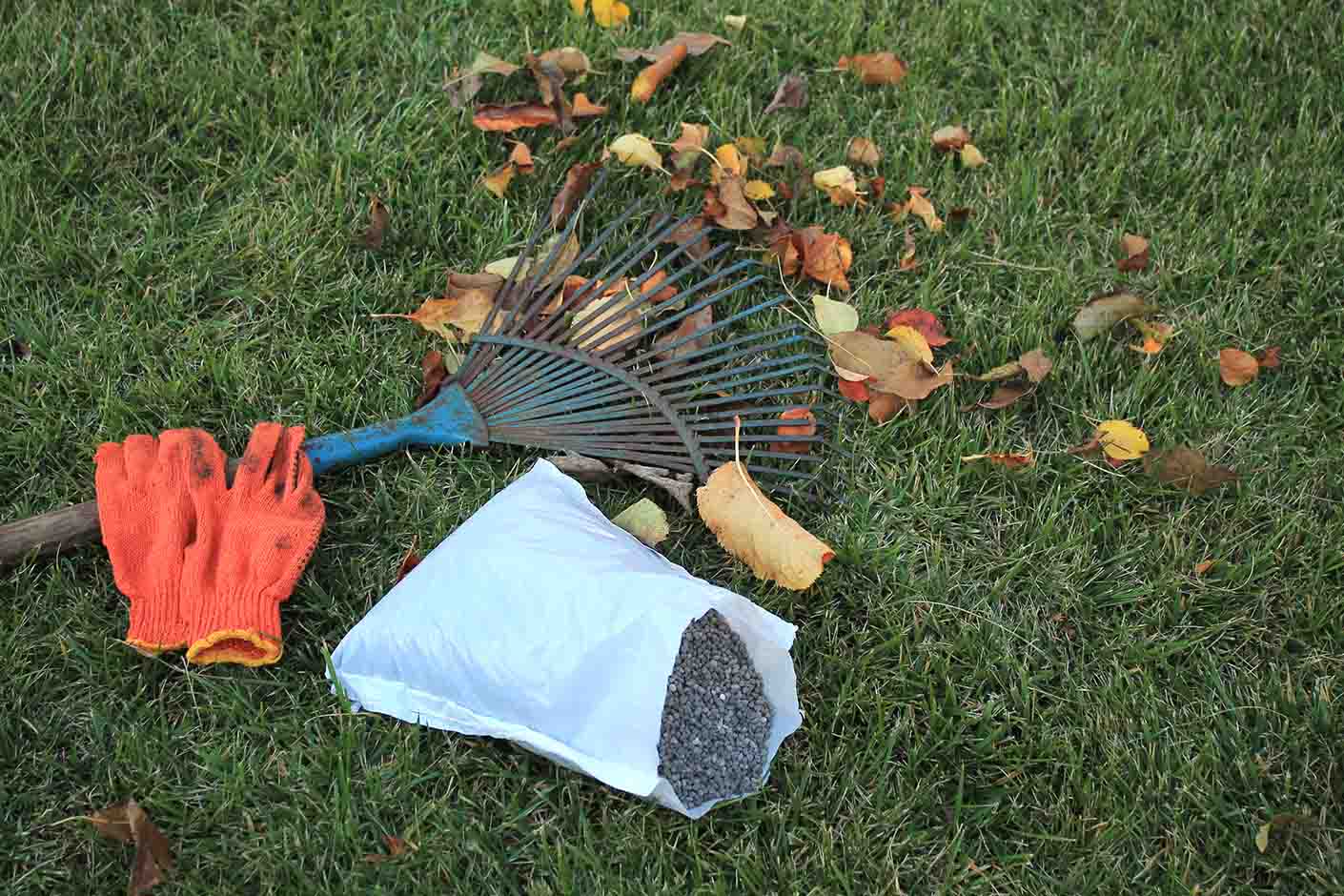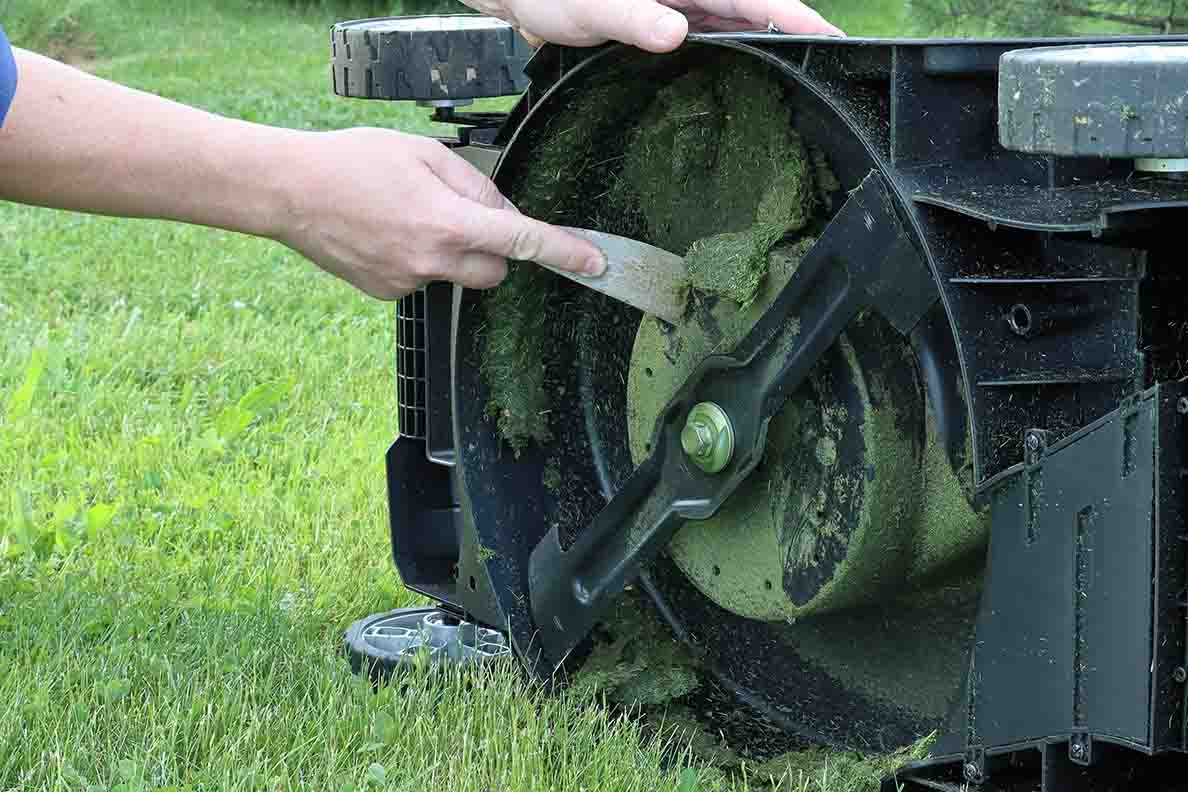Last Updated:
August 9, 2025
In the Champaign, IL area, Fall is the most critical time to invest in your lawn’s long-term health. As temperatures cool and rainfall increases, your grass enters a period of growth that differs greatly from how lawns in Illinois behave during the summer heat. As the weather changes, your lawn care habits must adapt in order to keep your turf healthy.
Here are eight must-do fall lawn care tips designed to help lawns in Illinois thrive!

Fall fertilization is one of the most effective steps you can take to prepare your lawn for cold weather. In Champaign’s climate, cool-season grasses like Kentucky bluegrass, fescue, and ryegrass naturally ramp up root development during fall. Applying fertilizer in this window helps grass recover from summer stress and store energy for winter dormancy and spring growth.

Summer activity, mowing, and heavy rains compact the soil, making it harder for roots to absorb air, water, and nutrients. Aerating your lawn in fall helps relieve this compaction and sets the stage for better overseeding and fertilization. It’s especially helpful in the dense clay soils common throughout central Illinois.

Patchy, thin, or bare spots often show up after an Illinois summer filled with heat and drought. Fall offers the ideal conditions to overseed and thicken your lawn. With warm soil and cooler air, new grass seed germinates quickly and establishes roots before winter hits.
.jpg)
It’s a common mistake to stop mowing once summer ends, but your lawn still needs regular care throughout fall. Grass in Champaign continues growing into October, and maintaining proper height reduces disease risk and helps with winter survival.

Autumn leaves may look beautiful, but they can quickly become a problem when they blanket your lawn. In damp fall weather, heavy leaf layers trap moisture, block sunlight, and create ideal conditions for fungal diseases. Clearing them away ensures your grass gets what it needs before winter.

Fall is an excellent time to fight weeds. Perennial broadleaf weeds like dandelion and clover are actively storing energy in their roots during this season, making herbicide applications more effective. Getting ahead of weed growth now can reduce infestations in the spring.

Champaign lawns can suffer from poor drainage, especially in clay-heavy soils or low-lying areas. Fall rains often reveal where water pools or lingers, and fixing these issues now prevents winter damage from soggy soil and ice formation.

As the growing season winds down, it's time to give your lawn tools some TLC. Properly storing and servicing your mower, spreader, and other equipment in the fall ensures they’re ready to go next year without hassle or damage.
While many homeowners think of spring as the prime lawn care season, fall is when most of the foundational work should be done, especially for Champaign’s cool-season turf. Taking time in September and October to aerate, seed, fertilize, and clean up your yard prepares your lawn for a healthy dormancy and strong return next spring.
Call Merrill Landscape Services today for more information on the best fall lawn care services in Champaign, IL!